Italy is appreciated throughout the world because of the quality of its food and it being the native country of a series of simple but irresistible delicacies: pizza, icecream, pasta… We are not talking about stereotypes, these dishes represent an essential part of an Italian’s diet and their use in cooking follows rules which seem obvious to the Italians – but are not for the rest of the world!
By Alessandra Ivaldi / 7.06.2020
It is said that Italians eat pasta everyday, but it is much more complicated than that. It is true that we often eat pasta dishes, in fact almost everyday, but it is also true that we never eat the same kind of pasta twice in a row. There are many different types of pasta that can be cooked in countless ways, which means that our diet is much more varied than it looks.
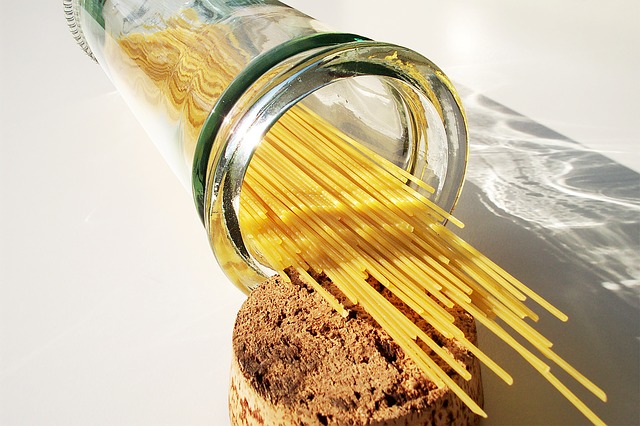
First of all, there is a distinction between long and short types of pasta. Spaghetti are the most famous “representatives” of long pasta. They are straight and 25 cm long. There are different kinds of spaghetti according to their diameter: spaghettini (“little spaghetti”), spaghetti classici (“classic spaghetti”), spaghetti grossi (“big spaghetti”)… And there are even the “squared” spaghetti, also called spaghetti alla chitarra, which have a squared shape instead of a round one. Spaghetti can be matched with many kinds of dressing, from the most simple one with garlic, oil and chilli to the most refined with fish and seafood. Italians would never eat spaghetti with ragu, the famous tomato and meat-based sauce, which on the other hand is perfect for tagliatelle or fettuccine.
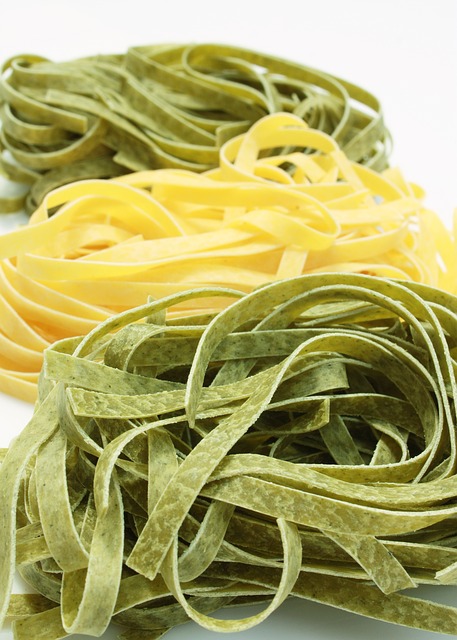
The first is a kind of pasta made with egg from central and northern Italy. They belong to the category of long pasta, with a largeness of about 8 mm. They vaguely resemble fettuccine, which are actually flattened and a bit shorter than tagliatelle. There is also a green version of this kind of pasta, characterised by the addition of spinach in the dough.
The so-called reginette or mafaldine are similar to fettuccine. It seems they were created in Campania, in the south of Italy, in honour of princess Mafalda of Savoy. In fact, they are like fettuccine but with ridged borders which vaguely recall the shape of a crown.
Another type of long pasta is represented by linguine. Some say that, after cooking them, they have a slippery consistency. For this reason they must be served with the right dressing that could complement their peculiar consistency. In the place where linguine were created, in Genoa, in the north of Italy, they are eaten with the very popular pesto alla genovese.
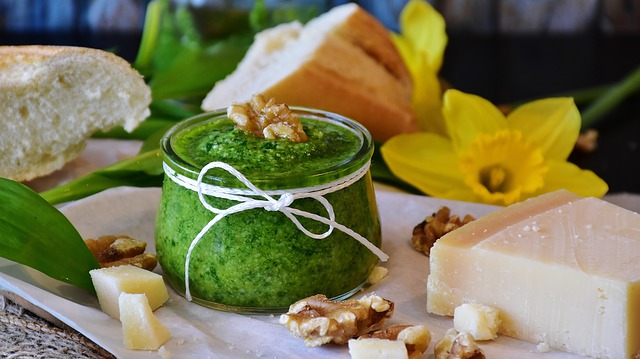
Vermicelli are much appreciated by the meat-lovers. They are a kind of long pasta with a diameter a bit larger than the one of spaghetti. Since their thickness makes them perfect to absorb the most dense sauce, they are often paired with venison ragu.
Let’s focus on short pasta now. The so-called penne are really famous. As with spaghetti, there are many kinds of penne: smooth, striped, mezze penne (half the length of normal penne)… They can be cooked according to a wide variety of recipes. One of the most famous is the recipe of penne all’arrabbiata (literally, “angry penne”), typical of Latium, a region in central Italy. Here, penne should be served with a tomato-based sauce, made spicy by adding chilli and tastier by adding parsley or cheese.
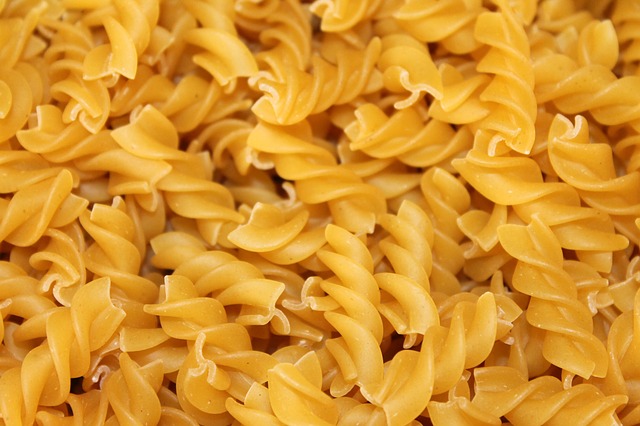
Equally famous are fusilli, also called eliche (helices), because of their twisted shape. In the past they were produced in an artisanal way, by twisting the dough around a wire.
There are then two types of pasta which are famous for their similarity to the shape of a shell – conchiglioni (literally, “big shells”) and the smaller pipette. They are perfect with a full-bodied sauce that can be collected inside of their peculiar shell-shape.
Farfalle (butterflies) are much appreciated overall by children. It is needless to say that they look like funny butterflies. They can be matched with any kind of sauce and are often used to prepare insalate di pasta (pasta salad), a typical summer dish. There are many types of this salad, which should be served cold and add to pasta a variety of ingredients: vegetables, legumes, fresh cheese like mozzarella, olives, fish… There is no limit to our fantasy when it comes to pasta-based recipes!
For instance, with certain kinds of pasta we can prepare excellent timbales. Even here we can find the most creative recipes, where pasta is matched with many other ingredients such as meat, fish, vegetables, potatoes, eggs and stringy cheese. The timbale should be cooked in the oven and served thoroughly warm.
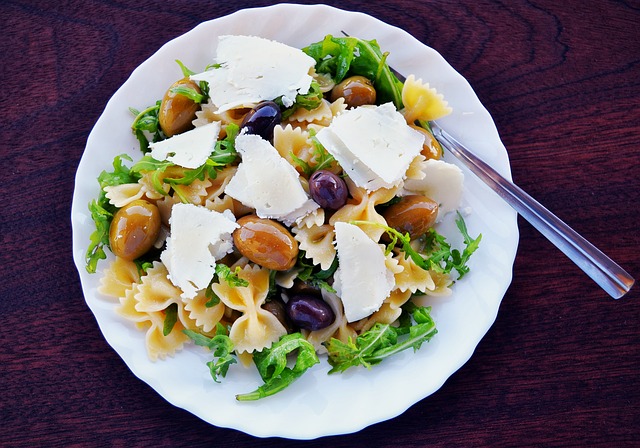
Finally, there are two dishes which are typically Italian and extremely rare in the rest of the world: minestrone and brodo, with their respective variants. The first of them should not be mistaken for soup, even though the consistency is similar. It is prepared by letting vegetables, legumes and potatoes boil in hot water. They will then be run through a vegetable mill in order to obtain a completely liquid mixture, which will be used to cook the pasta for minestrone. Ditali (literally “thimbles”) represent an example of this kind of pasta, their shape resembles that of short tubes.
On the other hand, brodo derives from the water used to cook meat or, as an alternative, vegetables, with the possible addition of spices in order to make everything tastier. The smallest type of pasta is used for brodo and sometimes has very fanciful shapes such as in the case of stelline (little stars), anellini (little rings), farfalline (little butterflies), ditalini (which are little ditali)… In the end, both minestrone and brodo can be further flavoured with olive oil and cheese.
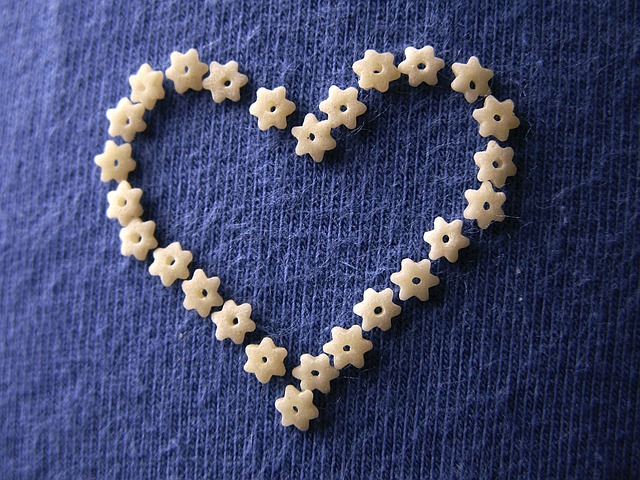
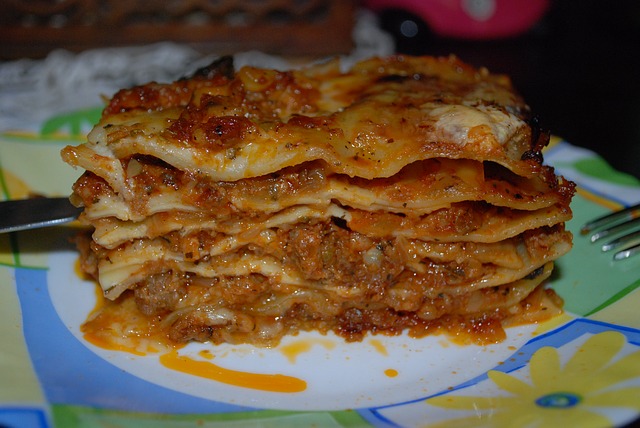
Let’s end with a kind of pasta known all over the world: lasagna! Who does not know about these rectangular pasta sheets cooked in the oven with delicious sauces made of ragu and béchamel? But do not think that lasagna is only a meat-based dish. There are many variants of this recipe, even with fish!
Did you like this rapid exploration in traditional Italian cuisine? This was just a taste of the countless recipes that Italy could offer when it comes to pasta!



Recent Comments